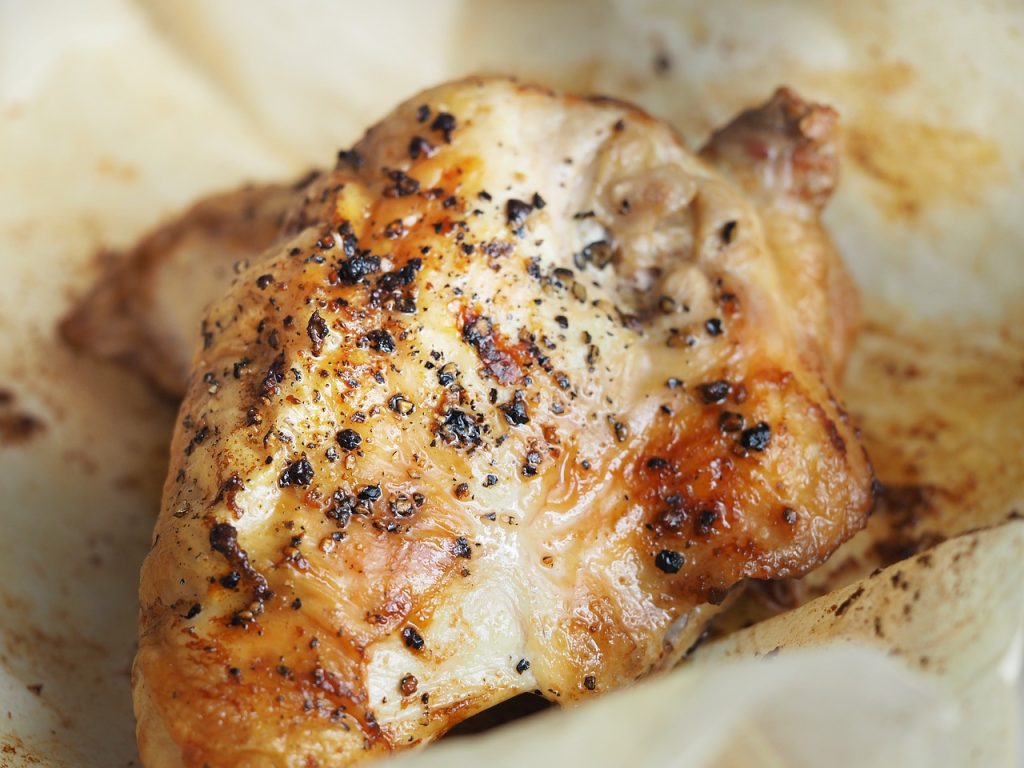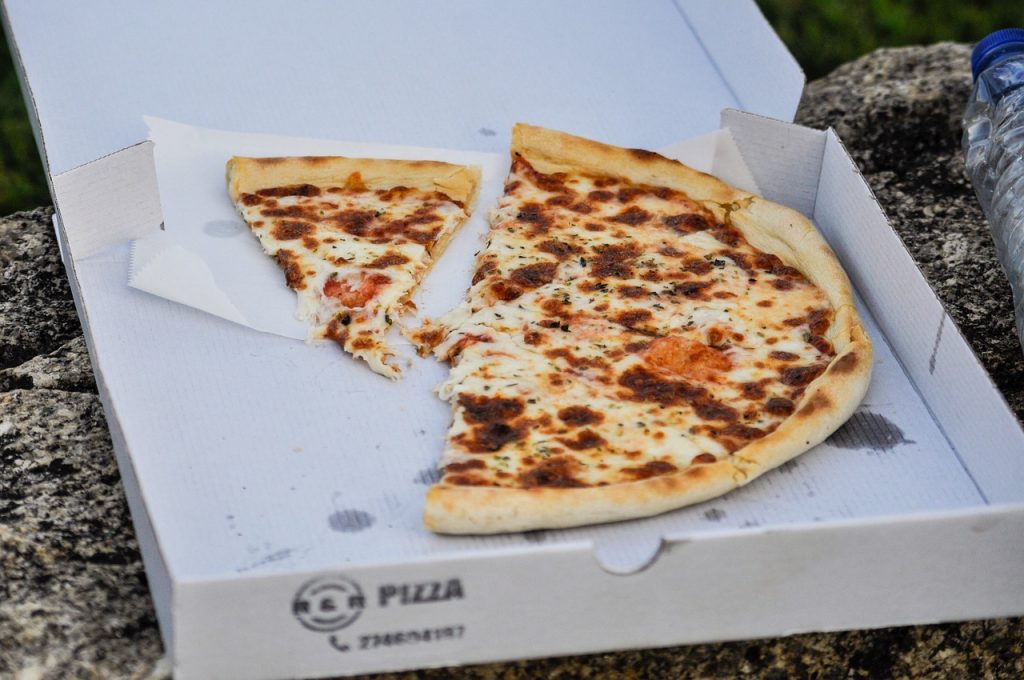VDH Environmental Health Specialists at local health departments work hard to ensure that food served in the Commonwealth is safe for patrons, but there are things you can look for in a restaurant to keep your risk of foodborne illness as low as possible.
Check out recent inspection reports on the VDH Restaurant Inspection Website. Observed violations noted as "Priority" and "Priority Foundation" are the most significant violation types, with "Priority" violations being those that are most closely connected to foodborne illness. Keep in mind that an inspection is only a snapshot of what is going on in a food establishment. You can also view public website reviews like Yelp and TripAdvisor to see other patrons' experiences.
Make sure the restaurant appears clean. While a clean environment does not necessarily mean food will be safe, it usually is a good indicator of kitchen cleanliness and the care put into meal preparation for patrons.
Make sure your food is thoroughly cooked. While we know that you probably don't carry a food thermometer in your handbag, there are some ways you can ensure food is at a safe temperature, such as making sure your meats appear thoroughly cooked. Pink colors in chicken and excess blood or juice is not usually a sign of proper meat temperatures. Touch the food to see if it is warm. Foods that are left out too long enter the "danger zone" for bacterial growth even if they were originally cooked at the proper temperatures. Send food back to the kitchen if you suspect any of the above triggers. It's better to be safe than sorry when it comes to temperatures!
Everybody loves leftovers! But make sure your leftovers love you back by refrigerating leftovers as soon as you get home. Don't leave food unrefrigerated for more than two hours. Avoid leaving your leftovers in a hot car after dining out, and eat leftovers within four days.




